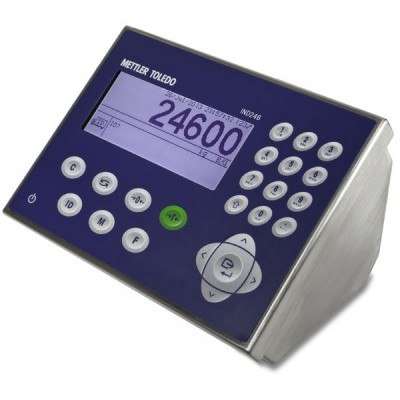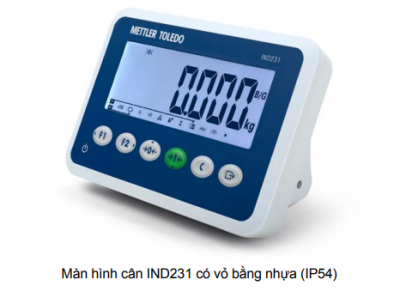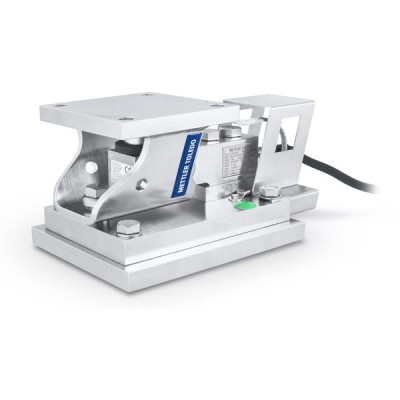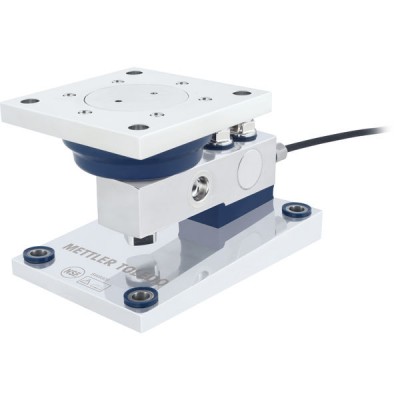-
The environment for placing an air compressor:
- Ensure a suitable location for the compressor, preferably in a dedicated room with the following requirements:
- The workspace should be spacious enough for operation and maintenance, with a minimum clearance of 1.5m from surrounding walls and 1m from the ceiling and ventilation openings.
- Avoid excessive heat and dust; the ambient temperature should not exceed 40°C, and the compressor should have a cooling fan with a higher airflow rate than the compressor's fan.
- Maintain a balanced environment to minimize dust, prevent acidification processes, and mitigate corrosion. If air quality is below the highest standard, install filtration devices to clean the air.
- Compressors with a box structure and mounted on shelves can be moved around various surfaces. If placed on a mezzanine, take measures to prevent abrasion.
-
Electrical Installation Requirements:
- Install a separate power supply system for the compressor to prevent overloading or imbalance of the three phases when connected to other devices. Ensure the three-phase voltage is stable within the range of 360 - 400 V.
- Choose the correct electrical cable size required for the compressor.
- Ensure consistent power output ratios for motors.
- Avoid leaks around the wiring connecting to the air compressor to prevent immediate exposure to air or water pipes.
-
Additional Notes:
- The air compressor should be operated by professionals who carefully read and understand the instruction manual, manufacturer's recommendations, and safety precautions.
- Keep the air compressor away from flammable substances, high-temperature areas, dust, salt spray, or harmful gases.
- Install air switches and fuses in front of the lead wires for safe operation and ensure grounding components.
- Ensure the power supply is correctly phased to avoid reversing motor parts.
- Do not operate the machine at pressures higher than indicated on the panel or until the motor stops due to overload.
- Before maintenance or repairs, turn off the power supply and release all compressed air, and mark warnings to avoid accidents when restarting the machine.
- Keep the doors closed during operation. If necessary to inspect and repair operational status, do not use body parts or tools to touch active parts to prevent accidents.
- Absolutely prohibit opening the door while the machine is in standby until it restarts and operates at any time.
- Absolutely prohibit changing the structure and control methods not allowed by the manufacturer.

The malfunctions of an air compressor depend on various factors. Here, we'll focus on the key factors related to the machine's performance metrics during operation. Recording these metrics allows operators to identify changes in the machine's performance stemming from heat buildup during air exchange.
Before performing maintenance or replacing any part, it's essential to analyze the factors that may lead to malfunctions to determine the root cause. Disassembling or moving components arbitrarily may result in unnecessary damage.
C. MAINTENANCE AND CARE OF AIR COMPRESSORS:
I. MAINTENANCE AND CARE:
- Lubricating Oil:
The quantity of lubricating oil is crucial for the performance and operation of screw air compressors. Insufficient oil can lead to various compressor malfunctions, so it's essential to use the specific oil recommended for screw compressors. Special compressor oil has excellent quality, viscosity suitable for screw compressors at around 40°C, resistant to oxidation, difficult to emulsify with water, and has anti-corrosion properties.
Use Hitachi's screw compressor oil and change the oil after 6000 hours of operation.
- Oil and Oil Filter Replacement:
- Close the discharge valve slowly to unload the compressor for about 3 minutes.
- Stop the machine and turn off the power.
- When the pressure in the oil-gas separator equipment is cut off, slowly open the oil outlet valve while pressing and rotating it about ten times.
- Use a special tool to remove the oil filter, place it in a container, and clean it without spilling oil.
- Remove the oil filter.
- Remove the oil drain plug and lock the oil valve to allow automatic lubrication oil to flow into the oil tank, preventing oil from contaminating the environment.
- Close the oil valve and fill the lubricating oil to the limit, then tighten the oil drain plug.
- Let the machine stop after about 5 minutes of operation, check the pressure system of the oil-gas tank. When the oil level is maintained, slowly lock the oil drain plug and lubricate the oil to the limit, then tighten the oil drain plug.
II. PARTS REPLACEMENT AND MAINTENANCE:
- Clean the air intake filter:
Clean it regularly once or twice a week, or more frequently if the working environment has a lot of dust. Replace it when damaged.
- Maintain the air filter:
- If the outer color is normal or turns red, check if the air filter is clogged. If necessary, clean or replace it.
- To clean the air filter, use compressed air at no more than 5 bar pressure to blow it out. Open about 20 mm from the bottom surface.
- Avoid impact and do not clean the air filter with water. Replace it if damaged or excessively dirty.
- After cleaning or replacing the filter, press the reset button until the colors return to normal.
- Replace the filter after about 3000 hours of operation or sooner if the compressor works in harsh conditions.
- Maintain the oil filter:
-
Normally, replace the oil filter after about 500 hours of operation for the first time, then every 2000 hours. If you change the lubricating oil, replace the oil filter as well. If the environment is dirty, replace it sooner.
-
Steps to replace the oil filter:
- After the machine has stopped and cooled, remove the oil filter with a handheld tool.
- Clean the new oil filter's gasket and apply a layer of clean oil to it.
- Install a new filter onto the machine, ensuring the oil filter's gasket is on the shelf and hand-tighten it about half a cycle.
- Maintain the air-oil separator equipment:
The air-oil separator equipment is usually replaced after 2000 hours of operation or when changing the lubricating oil. The replacement of the air-oil separator equipment will affect the compressor's performance.
Note: When disassembling the air-oil separator equipment, reassemble it properly to avoid loosening. When tightening, pay attention not to damage the top ring.
Clean the cooler:
When the air temperature is slightly higher than normal, use compressed air to clean the fan blades. If it doesn't come out, use an appropriate cleaning tool, but avoid using metal brushes, and ensure the surface is dry after cleaning.
Safety valve:
Check the opening pressure of the safety valve. If incorrect, adjust it, preferably according to the manufacturer's specifications. After checking, release air into the air pipeline.
Note: The safety valve is factory set and should not be adjusted unnecessarily.
Inlet valve:
When the inlet valve is blocked or leaks, clean or replace its parts, and maintain its parts according to the instructions below.







